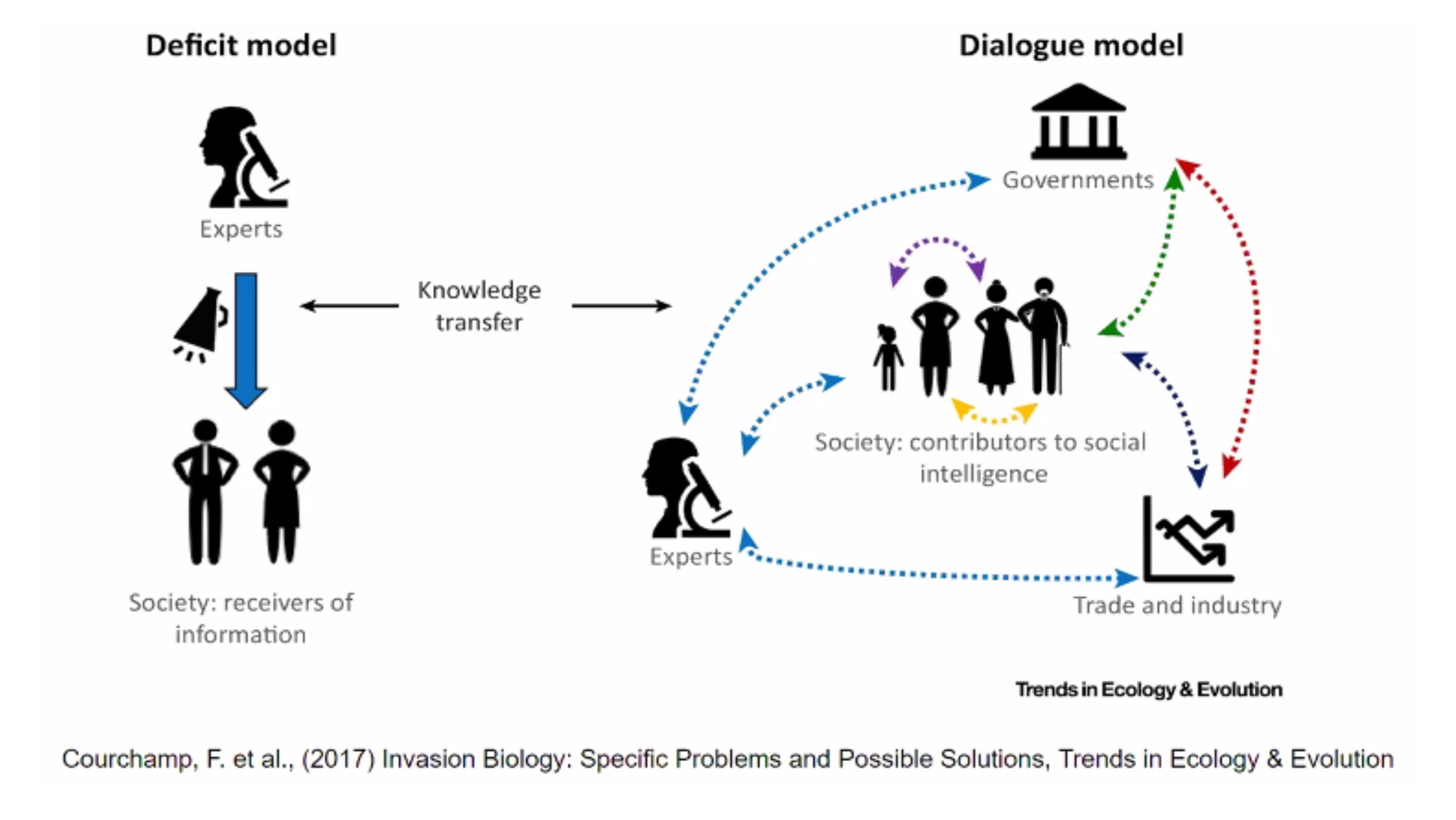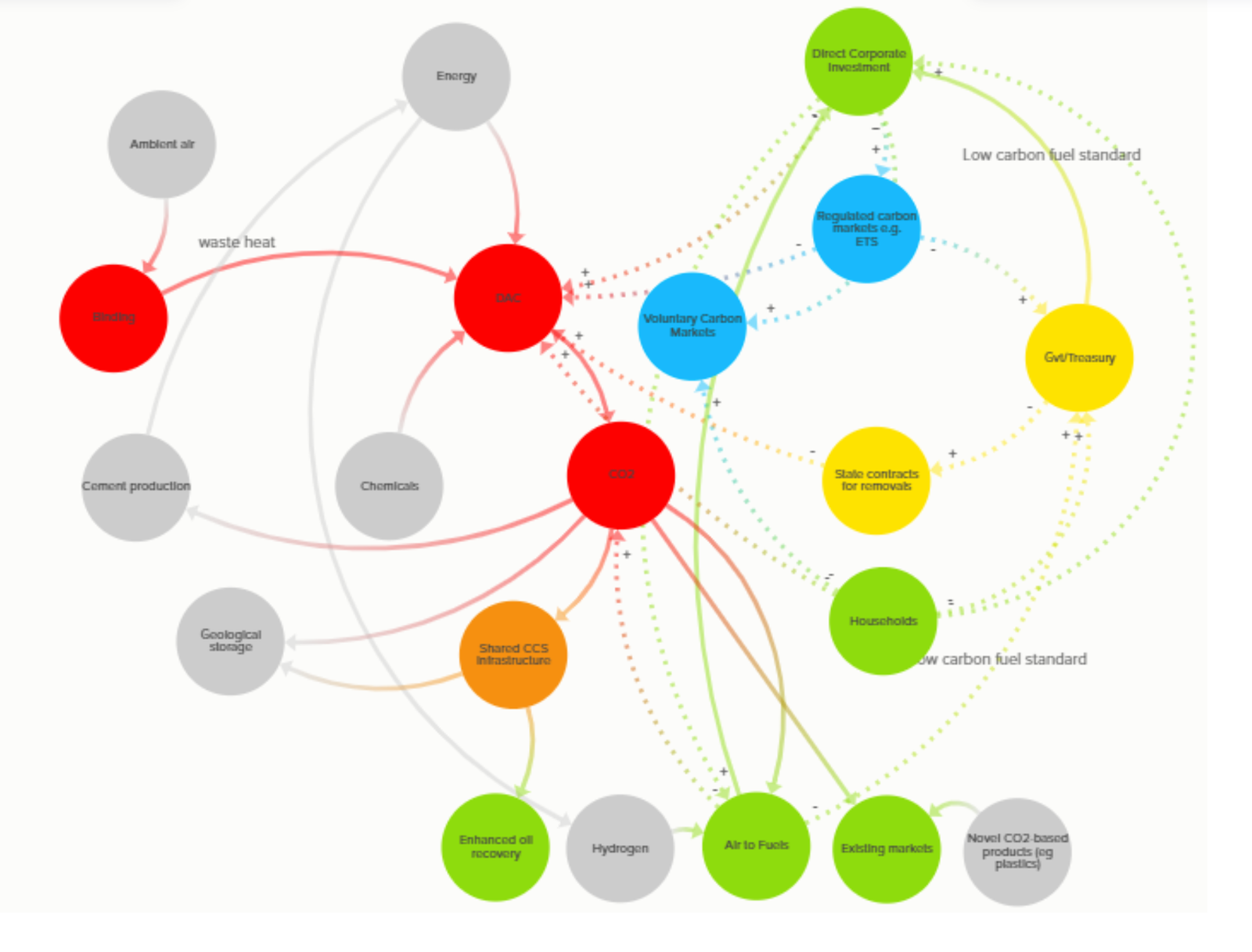How can we create carbon removal communities?


· 6 min read
Large-scale carbon removal has a communications problem, and overcoming it is proving a significant obstacle to achieving international climate goals.
The notion that humanity needs not only to stop emitting but also to start cleaning up the carbon it has already emitted is well established in the science, but in practice it has become a source of distrust between civil society and the companies that would pay for and develop it.
This is not surprising. The field is filled with uncertainty, and proven large-scale solutions do not yet exist. There is a lack of shared standards to monitor and verify claims, and to make sure carbon is sequestered in a way that benefits people and the planet.
This creates concern that carbon removal is detracting from the urgent work of cutting emissions, and that it may offer bad actors a means to greenwash their way out of meaningful action.
And yet, the uncomfortable reality remains: scientists say there are no routes to stay under 1.5°C and probably 2°C without massive removal of CO2 from the atmosphere, including through nature based and technological approaches.
This has led to something of an impasse, at a moment when the world most needs dialogue.
Technology is more than machines: it’s a process, in which many different elements of society come together.
Carbon removal is no different. It involves a complex web of participants all playing their part - from purchasers and solutions providers, to investors, civil society groups and governments.
High integrity carbon removal - that is technically feasible, financially viable, and socially and environmentally desirable - is most likely to emerge when these participants learn from and work with each other. When they do not, risks of less beneficial outcomes increase.
But this is easier said than done.
Companies are discovering that the removal part of the net zero equation is ill-defined, with uncertain supply and little available guidance, and are concerned about civil society opposition. This is creating reluctance, confusion and missteps in developing the right approaches. While some actors may capitalise on this, others are looking for help to do the right thing.
Civil society groups are also evolving in their approach to carbon removal, and there is a lot of debate within and between organisations about the best way to proceed. This uncertainty has made it more difficult to engage constructively in the development of this sector.
At the same time, governments and regulatory bodies are doing their best to work this out; consultations and standard setting initiatives are underway, but lack data. How do you create rules around technologies that are still emerging, and whose broader impacts are not well understood?
It’s a complex problem, and the traditional system of consultancies, advocates, regulators, journalists and watchdogs are struggling to navigate this complexity. A more collaborative dialogue is needed to ensure that high integrity approaches prevail.
The good news is that recent advances in participatory governance, and new technologies to map and explore complex ecosystems, offer a better way of doing things. These can also help to improve the way society imagines more desirable futures.

Can more participatory techniques be applied to the carbon removal impasse, in a way that builds trust and achieves positive results? This is what we are trying to find out.
Before embarking on a journey, a good place to start is with a map. What does the landscape look like? The challenge with carbon removal is that the landscape is contested, and under construction.
To address this, can we create living maps that reflect different perspectives and adapt to a shifting reality? One approach we are trialling is participatory mapping.
Carbon Removal Centre is working with the University of Leeds and CO2RE to create maps around several different approaches: Bioenergy with Carbon Capture and Storage (BECCS), Biochar, Enhanced Weathering (EW), Direct Air Capture (DAC), Afforestation and Peatlands. All of these involve quite different constellations of actors, involving businesses across the supply chain, and civil society stakeholders.

To do this, we have brought together sector experts to discuss and visualise the physical, financial and societal relationships in each carbon removal approach, using new collaborative mapping tools.
The aim is to create living, multidimensional directories, which allow explorers to visualise complex value chains, impacts, and the broad array of financial, environmental and social dynamics involved. It’s not easy, we haven’t got this right yet, yet our work with the chemicals, technology and other sectors suggests there is genuine appetite to get this right.
Understanding the complexity of this landscape is a first step to high integrity carbon removal, and a crucial starting point for companies, civil society and government.
Envisioning your unique place in a shifting and uncertain landscape is not easy, especially when so many other actors are simultaneously trying to work out the same thing.
Roleplay offers a powerful tool to examine this, in a way that frees participants from organisational constraints. That is why we are running workshops in which participants from different sectors roleplay ‘personae’ - suppliers, investors, purchasers, mediators - to identify and explore concerns.
Do I buy carbon credits, or invest in my own carbon removal solutions? If I ‘inset’ carbon removal directly into my value chain, what methods might be most appropriate? Who are the key stakeholder groups that need to be involved? How do I measure and reduce risk?
We find that examining scenarios with a degree of distance, in the spirit of play - albeit based on real world experience - allows for freer interaction and discussion, makes it easier to reveal uncertainty, and is also more enjoyable, which helps to build trust.
Identifying questions rather than declaring solutions encourages collaboration, and offers a more compelling hook for partners from civil society to get involved.
There are no shortcuts to high integrity carbon removal. But establishing an attitude of inquiry and respect for divergent views offers a compelling start.
Traditional top-down checklists have their place, but what if we took a more open stance based on consultation and questions? Could greater trust emerge, and the chance of better outcomes?
We realise this is challenging. Corporates seek shareholder value, and civil society groups who need to raise funds are under pressure to offer clear solutions.
And yet, from multiple studies, dozens of interviews, mapping exercises and workshops, we see a critical mass of actors who tell us that acknowledging and navigating uncertainty is essential in a fast-evolving space, which benefits from less confrontational governance techniques.
So why don’t we try doing this differently, and - using novel engagement tools - find a more collaborative approach? If corporate and civil society actors acknowledge that we are all seeking answers, ways to work together and establish shared goals, perhaps we can find a better way.
Energy Voices is a democratic space presenting the thoughts and opinions of leading Energy & Sustainability writers, their opinions do not necessarily represent those of illuminem.
illuminem briefings

Climate Change · Environmental Sustainability
illuminem briefings

Climate Change · AI
Gokul Shekar

Effects · Climate Change
Financial Times

Carbon Market · Public Governance
The Guardian

Climate Change · Agriculture
Euronews

Public Governance · Carbon